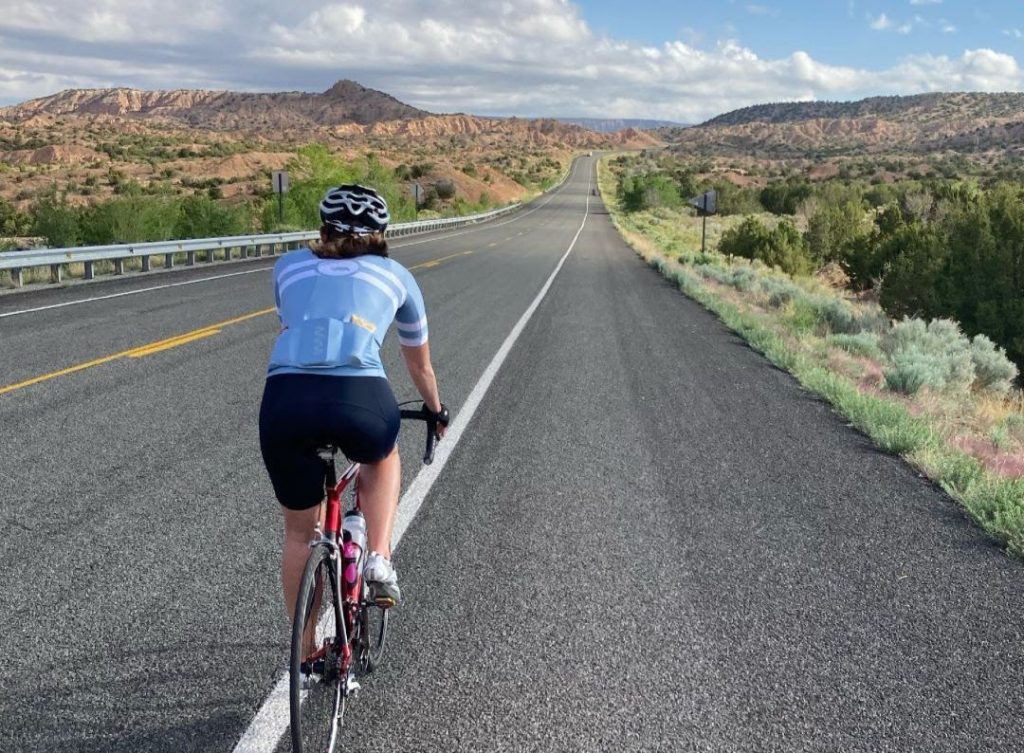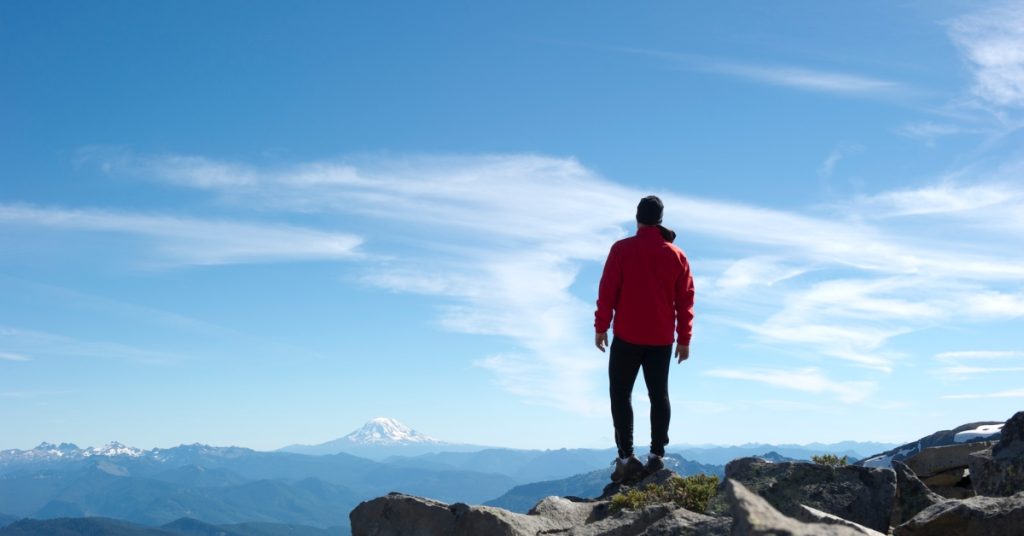So, you want to take your training and racing off-road? Whatever the reason is that has led you to this decision, whether it’s because you want to try a new distance, have a new adventure, play in the mountains, or simply for a change of scenery…there are a few things you’re going to want to consider first.
Effort Over Pace
A mistake that a lot of road runners make when transitioning to trail is attempting to run the same mileage at the same pace they are used to running on the road. Due to the varied terrain, vertical gain, obstacles, and surfaces of trail vs. road, your pace will no doubt be slower. This is due to not being able to move consistently in the forward plane of motion that you’re used to moving in on the road. Trail running requires movements in all directions, and the use of muscle groups that aren’t recruited on the road, thus requiring more agility than road running, inevitably making it slower.
When first starting out on trails, it’s best to run for time rather than for distance. For example, if you’re used to running an 8 minute per mile pace for an easy 8 mile run on the road (which takes just over an hour) an equivalent easy run on the trail would be to simply go out for a relaxed hour. Really try to gauge your effort, making sure you’re not pushing more than you would on an easy day on the road. You won’t go as far, but you’ll get the same amount of time on your feet.
Throwing pace out the window can be difficult for a lot of runners, especially when starting off, but I guarantee you’ll be glad you did it. Not caring about mile splits is one of the most freeing things about trail running. If you need something to track, track hours & minutes or feet of vertical gain per week rather than miles per week.
Prepare to Fall
Falling is something that happens when trail running, and racing, which happens very infrequently, if at all, on roads. It’s not a matter of if you’ll ever fall while trail running, it’s just a matter of when. With so many beautiful things to look at on a trail through the woods or in the mountains, it’s easy to get distracted and trip on a rock or a root sending ourselves straight to the ground. Even without a distraction, the falls still happen.
Making sure your effort matches what you’re able to sustain over the type of terrain you’re running on is helpful in staying upright, for instance, don’t go too fast when it’s super technical (meaning with obstacles) until you’ve developed the skill to do so. A good way to practice staying upright is to scan the ground a few feet in front of you, rather than right below you, that way you know what’s ahead. If you look at your feet, you won’t know what’s ahead and won’t be able to prepare. Unlike road running where you can look straight ahead and zone out, the trail and its obstacles come at you fast! Prepare for them.
Walking is not Failure
It may sound silly, but if you want to be a successful trail runner then you need to learn how to and prepare to power hike. This is something in our road-running life that we spend a lot of time trying not to do. It’s probably one of the hardest things to force ourselves to do mentally, especially in a race environment, outside of forgetting about our mile pace. But hiking some of the nasty, technical climbs in trail running is something that even the pros do. And they do it frequently. It keeps our effort in check, and our heart rate lower so that when we get to the downhill, a flat, or whatever is on the other side of that climb, we can really get rolling again and avoid redlining (aka complete breakdown).
This is not to say that any time you see a big climb ahead you should immediately transition from a run to a hike. Incorporate hiking when you feel the effort that you’re using is going beyond what’s sustainable to get to the top and keep running.
If you’re training for a mountain race or a race with a lot of vertical gain, incorporating power-hiking only sessions into your training can be very beneficial. Even though you’re “walking” you still want to be moving forward with a sense of urgency.
Get the Right Shoes
Trail-appropriate footwear is something to consider if you’re planning to run trail frequently, and especially if you plan to train for competing on the trail. You can get by with your road running shoes occasionally if the trail is dry, hard-packed, and not overly technical. But if you’re spending a lot of time on the trail, you’re going to want a quick-drying shoe with more traction, stability, and features like rock plates (for protection against rocks & roots) for your comfort, and honestly, for your sanity.
While road, is more or less road, one trail is never the same as the next, it’s really not that complicated. You’ll find that most of the things mentioned here become like second nature once you begin your trail running journey. The trails are for everyone and easily adaptable. So, roll into the falls, hike when you need to, and just get out there and chase the views…who cares how long it takes you!
About the Author:
Coach Candice Schneider specializes in trail running and ultra-marathons, her personal training philosophy and what she applies to her coaching is stress + rest = growth. To schedule a Coach Consultation with Candice click HERE.




